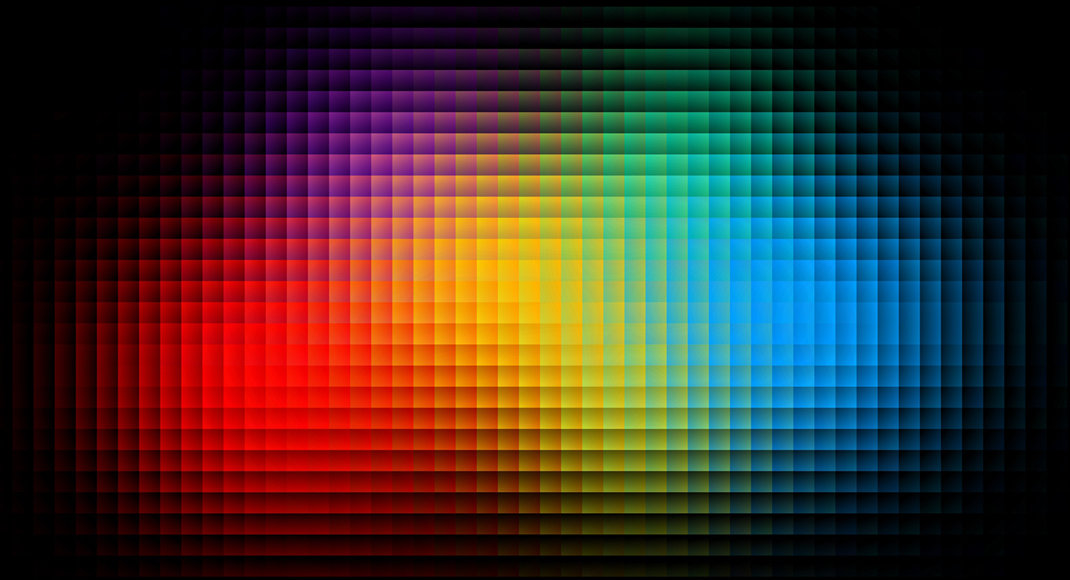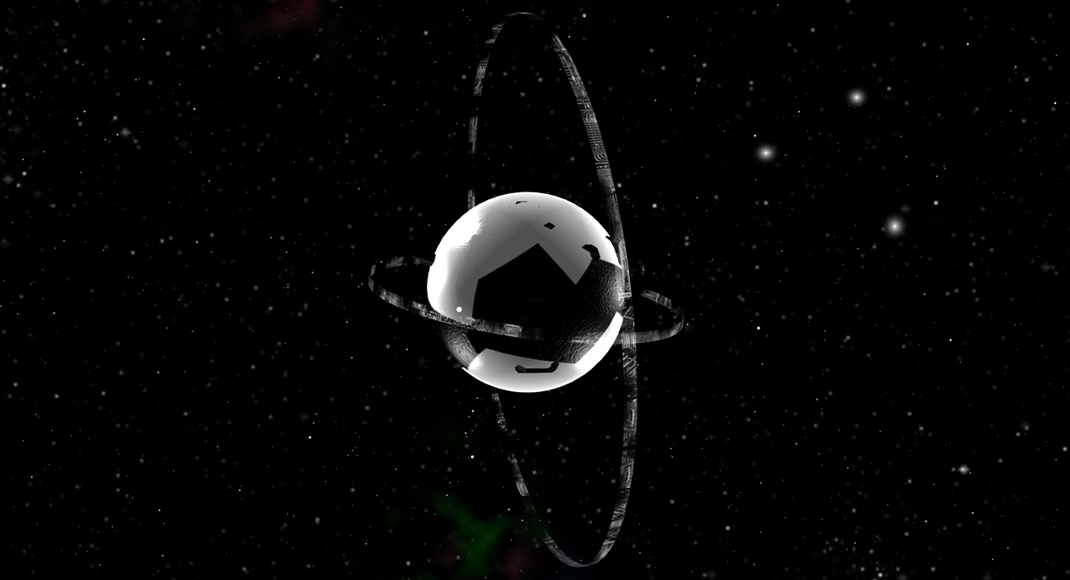In the following video I show how to map a texture to a sphere in blender. The concept would be the same with more advanced and complex objects, however, in those cases your textures would need to be modified to match the geometry. This is a simple example to show the basic mechanical process for blender texture mapping.
One thing to note is that often people will refer to this process as UV mapping. Texture mapping and UV mapping are the same thing. The correct way to talk about this is UV texture mapping.
Follow along and feel free to leave comments.
Most of this stuff is following the directions here:

